You’ve just journeyed through the Grand Canyon on one of the most famous, but embattled, rivers in the world – the Colorado. Were you embraced by its essence? By the promise of challenge in the roaring water, mystery around each bend of that awe-inspiring gorge?
How could you not be drawn into the spell of moving water, one of nature’s most immediate and obvious ways of showing that she’s alive. In my teens, I loved watching a river flow beside the car in which I was riding. But as we rounded a bend and the road and river parted ways, a piece of my heart cried out, “Where are you going? What magic places will you see? Can I not travel with you?”
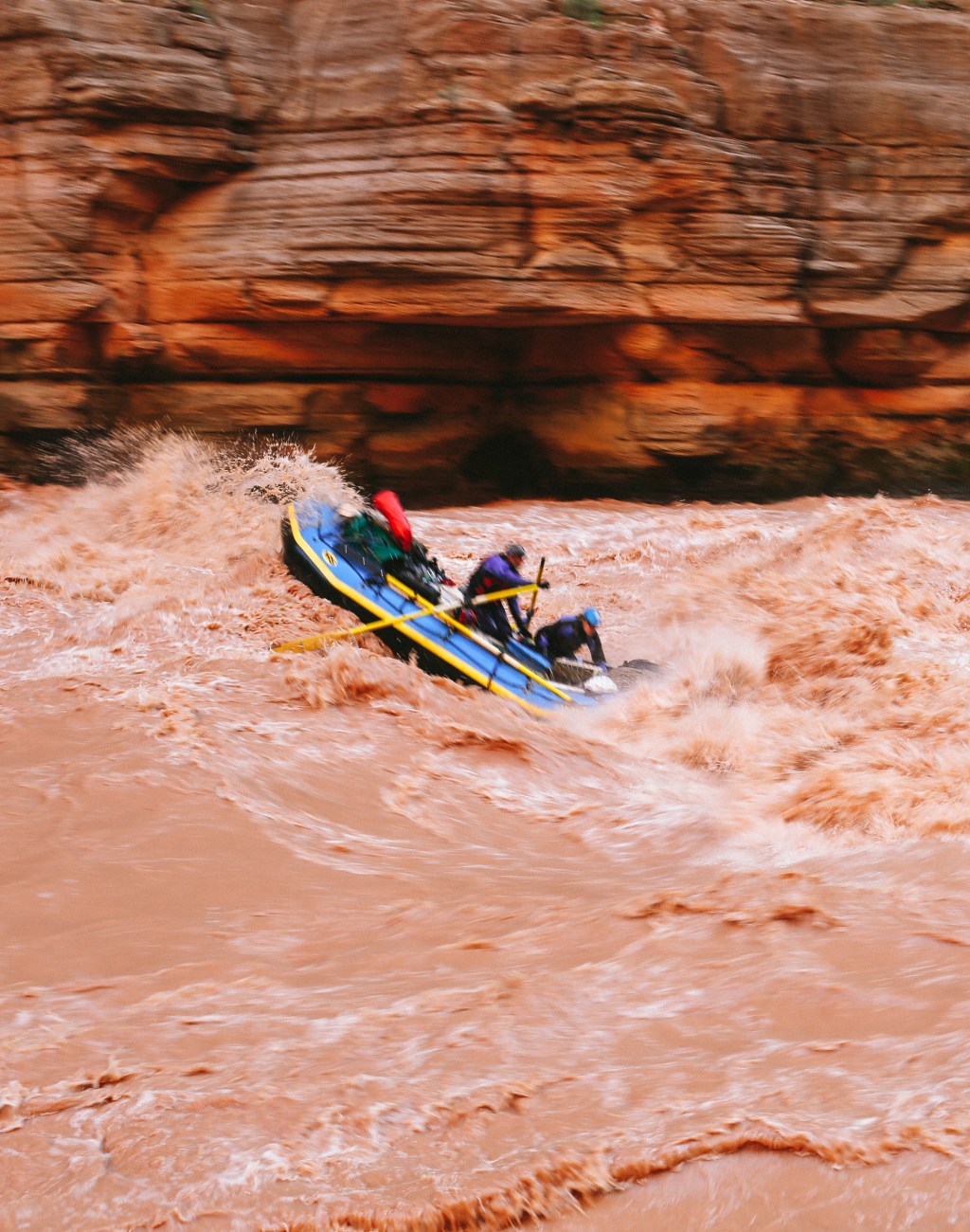
The questions stuck with me, and I was soon replacing the broken ribs and torn skin of a discarded canoe. New gunwales and thwarts completed the project, allowing me to disappear down those hidden highways, often into country that appeared unchanged from a century earlier. Free from the noise and fumes of motorized travel.
Whether you’ve experienced the Colorado River through The Important Places, other media, or had the thrill of exploring it in person, I suspect that you’ve come away with some of its magic. For me, there were two Grand Canyon river adventures, more than forty years apart. I vividly remember – in 1970, the view in Hermit Rapid from the cockpit of my homemade kayak on the crest of a 20-foot wave; the awe in the eyes of my group of teens, encountering Elve’s Chasm for the first time. An adventure important enough to the group that experienced it, that we still come together in river reunions four decades later.
Fast forward to the winter of 2013. I remember – sitting around the campfire, watching the shadows dance on the walls of Blacktail Canyon, so tight a cleft that we were shielded from the storm raging over our main camp. The tiny owl that flew out of the canyon wall, making two passes at my head to loosen a clump of my white hair for its nest. It failed! And the bonding between father and son, when I was asked questions that I had never addressed before, as together we shared the oars of our raft for 280 miles.
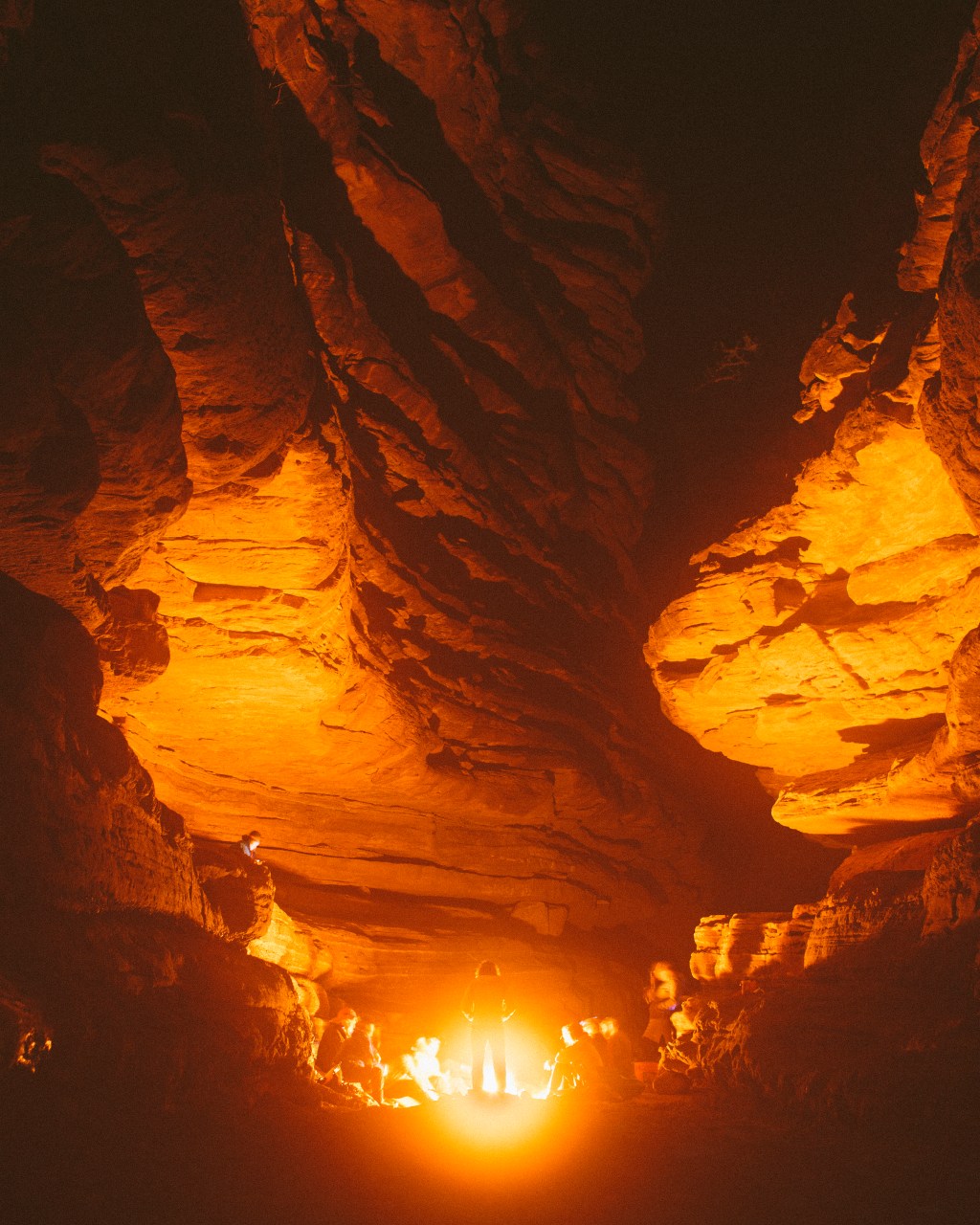
How quickly the river can change, even when you’re watching and enjoying it. By the time my paddling friends and I had arrived at the decade of the 1960’s, the Potomac had nearly been written off as an appalling open sewer, carrying the waste from Maryland, Virginia, and West Virginia downstream to the District of Columbia, where DC would add its own. Swimming was prohibited in the lower reaches of the river.
But…those who truly cared about the Potomac were working for ways to improve its quality. Congressmen were invited to experience the river firsthand from our canoes. Concern for the environment was not a partisan issue. Maryland Representative Gilbert Gude (R-MD), after canoeing with Jimmy Holcombe, had this to say as he introduced legislation for designating the Potomac a National River:
“The choice is between a river comprised of wilderness, open space, developed recreational areas, and farmland, interspersed with towns and areas of commerce, or a mammoth open storm drain running through a nightmarish strip of oversized cities, suburbs and Coney Islands.”
The legislation was successful. And the canoe trips with legislators continued.
President Lyndon Johnson, calling the Potomac a “national disgrace,” had signed the Water Quality Act of 1965 into law, but more action was desperately needed. Three years later, following untold hours of effort by those with a vision, a new piece of legislation was enacted into U.S. law. The National Wild and Scenic Rivers Act of 1968.
The new law called for rivers so selected to be managed for solitude, adventure, risk, and challenge. They would, as they came under Wild & Scenic protection, be so designated by the President of the United States. The Secretary of the Interior would then “assist and encourage” the states where such rivers were located, in implementing their river management plans. In that day and age, Presidents and Secretaries of the Interior were more than willing to cooperate in the protection of these irreplaceable resources, without regard to political orientation.
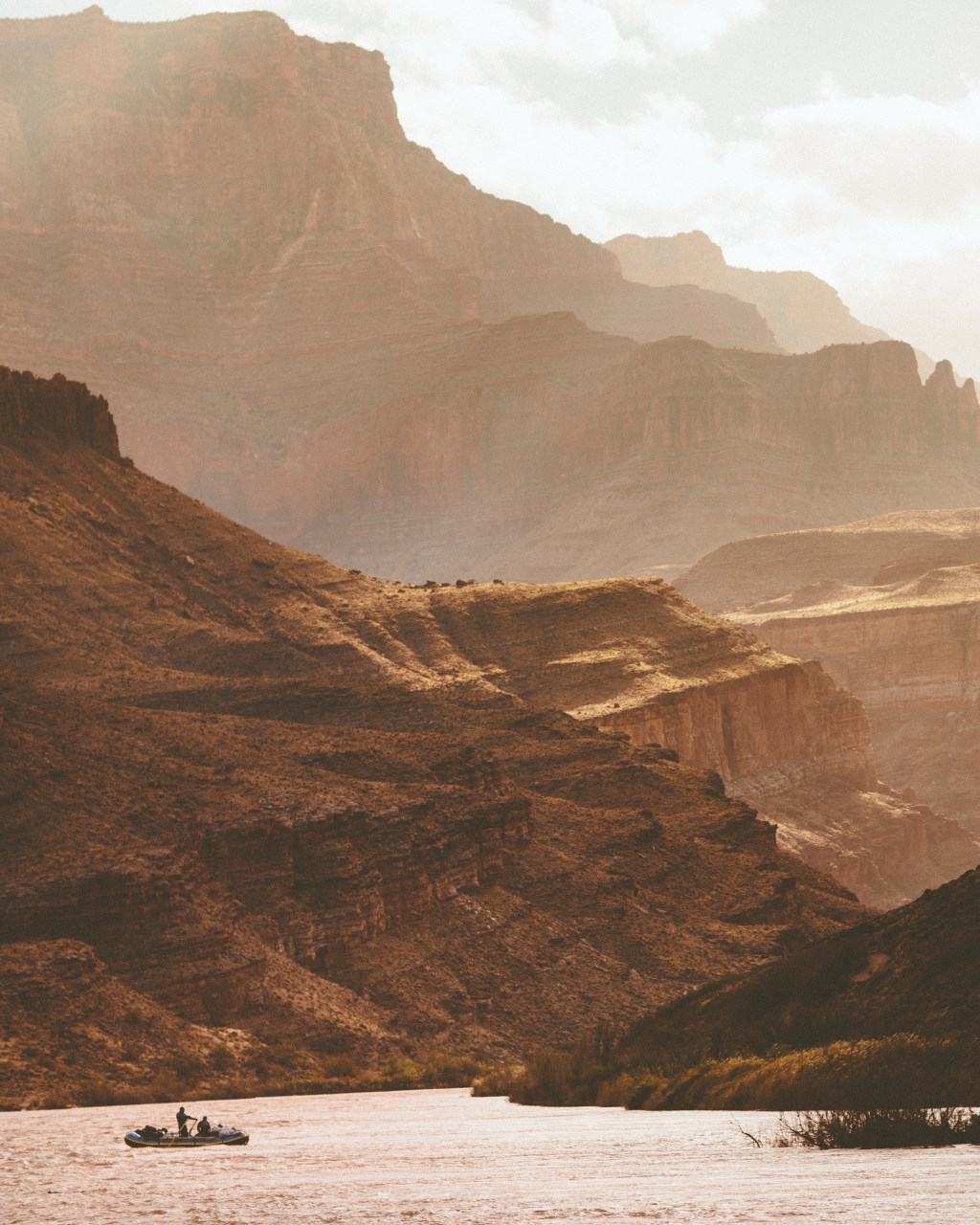
The early seventies saw a turning of the national eye toward wild rivers. The movie Deliverance, a nightmare-inducing film, set on a river in North Georgia, made its debut. Whitewater slalom was introduced as an Olympic event the same year. Death-defying runs of the Susitna and other Alaskan rivers were viewed on Wild World of Sports. Would-be river runners flocked in droves toward any moving water that promised challenge.
A few at a time, pristine rivers were being protected by the 1968 Wild and Scenic Rivers Act. But a rare gem had been omitted. The Deliverance river. The Chattooga. Three of us who had known the river intimately before its surge in popularity, had worked with Warner Brothers during the filming of the movie and were the founders, in 1972, of two river outfitters, Southeastern Expeditions and the Nantahala Outdoor Center, both of whom worked to provide a safe river running experience for guests.
But the river needed more. She could easily be loved to death. Claude Terry, an Emory University microbiologist and one of the Deliverance trio just mentioned, had the vision of a national organization that would be an advocate for wild rivers, combating threats to their integrity and providing much-needed protection. That vision came to fruition quickly, as Claude became one of the founders of American Rivers in 1973.
There were more chapters to come. Claude, through friends at Georgia’s Department of Natural Resources, invited Governor Jimmy Carter to canoe a fourteen-mile section of the Chattooga. Carter and a few associates at the DNR came and were impressed by the beauty and challenge of the river. The rest of us were astounded when Carter and Claude, who was his partner, chose to successfully run the formidable Bull Sluice after everyone else had portaged.
Carter was hooked. He returned twice more that year, once to kayak the Chattooga on a milder section and then, with his wife Rosalyn, to take on the intimidating rapids where much of Deliverance was filmed. It was the smiling, intrepid Rosalyn, of course, who held her position and helped pull her husband and guide back into the raft after the twisting plunge over Seven Foot Falls.
And, thanks largely to Governor Carter’s initiative on the national scene, the Chattooga would receive Wild and Scenic designation in May of 1974.
Two and a half years later, our nation would find itself under the leadership of the most environmentally conscious president since Teddy Roosevelt. Despite treading heavily on the toes of his constituents by examining their pork-barrel schemes, Jimmy Carter would dig to the bottom of cost/benefit figures to find the truth of each analysis. He de-funded sixteen water projects during his presidency, those that he found to be wasteful of taxpayers’ money and environmentally destructive. And before he left office, he would have led the way on legislation establishing twenty-five new Wild and Scenic rivers in Alaska.
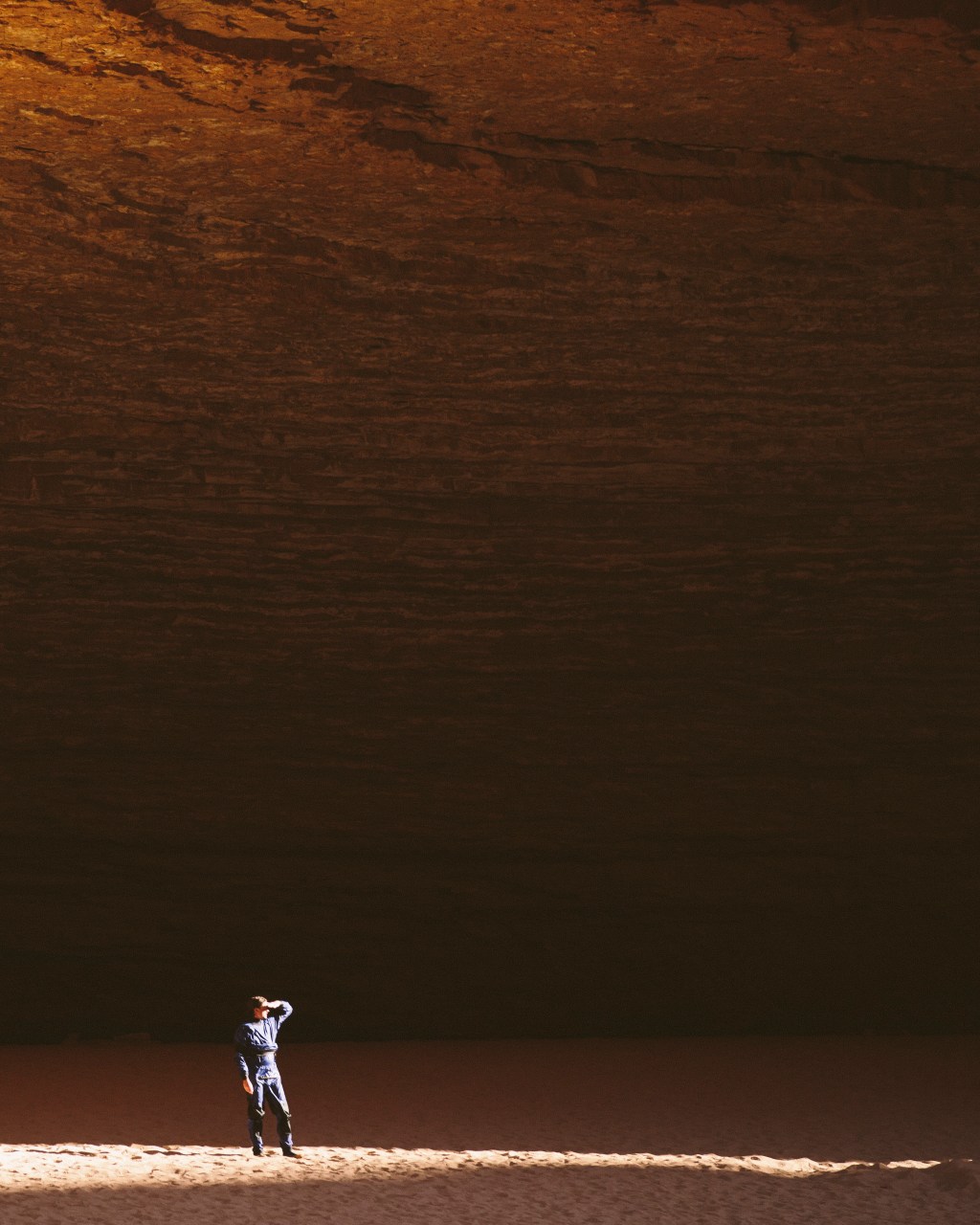
Once established, do such legacies last forever? Unfortunately, no. Those in power who delight in fouling every beautiful dream and turning it into dollars are ever vigilant for shortcuts, exceptions, and the chance to reverse protections.
What is the result? A ruptured pipeline that should never have been built, defiling pristine waters. Mining in the headwaters, contaminating a river that has barely emerged from its birthplace. Dams that should never have been constructed, inundating irreplaceable beauty, displacing and blocking life in the river corridor. An Environmental Impact Statement, so inadequate in addressing riparian issues that it reads like a promotional statement for the developer.
Never has the need for our own action and voices been greater. The river cannot speak for itself – at least not in words that our legislators understand. How then can we be most effective?
Knowledge – What creeks and rivers are special to you? Are they near your home place or has a faraway river experience made its way into your heart? Either way, you have the opportunity to be an expert and advocate – through photographs and words, sharing your knowledge with those who will make it count.
Broaden the experience – of those legislators who should be aware of a threat or a needed protection by taking them down your river, letting the river speak without words. This is one of the most effective ways of urging action without being overbearing, and will often lead to a lasting friendship.
Exercise your right to choose – who will represent you for the decisions that need to be made. Do you have a rep at present whose eyeballs flash dollar signs every time a pipeline, dam or mine is mentioned? Get rid of him at the voting booth this November.
Join with others who care. American Rivers, an advocate for free-flowing rivers for forty-five years, is one of our most effective organizations in pointing out threats to our riparian environment, and in effectively combating them. They are an authoritative source of information and inspiration for us. Support them. They are already doing the same for us. But in the end, it is only our own actions that will make the difference.
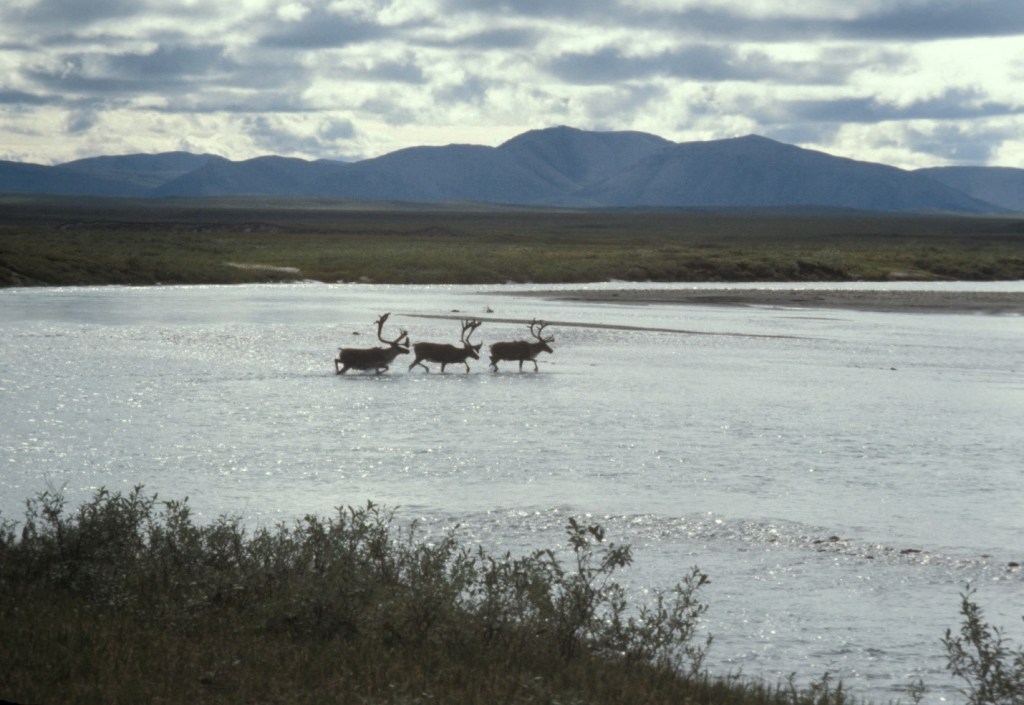
Caribou crossing the Noatak River near the author’s camp in 1978. Doug and his two older children, David and Cricket, then 13 and 15, kayaked the Noatak 430 miles from the Brooks Range to Kotzebue Sound, 100 miles north of the Arctic Circle. Two years later, the Noatak would become one of President Carter’s 25 Alaskan Wild & Scenic Rivers.
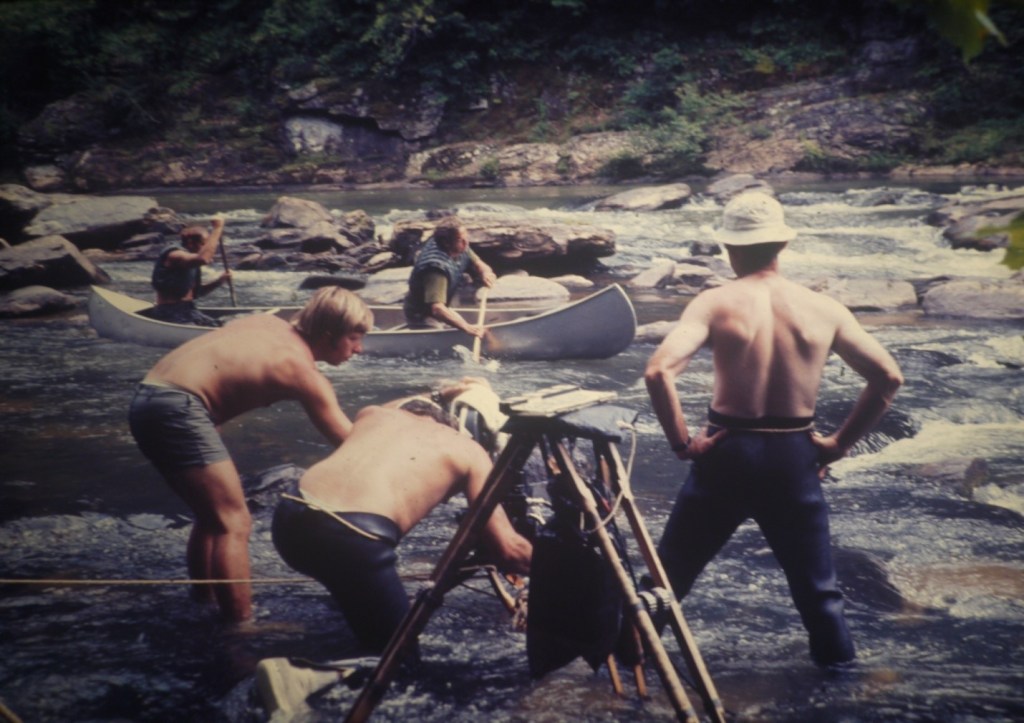
Stuntmen Claude Terry (stern) and Doug Woodward (bow), doubling for Jon Voight and Ned Beatty in the film Deliverance, prepare to run Devil’s Chute, the first of the Five Falls on the Chattooga River as the Warner Brothers camera crew films the action. A dummy of the “injured” Lewis Medlock (Burt Reynolds) lies in the bottom of the canoe between the paddlers. July – 1971. Three years later, in May of 1974, the Chattooga would be designated Wild & Scenic.
Photo Credit: Forest Woodward and Doug Woodward
Film By: Gnarly Bay and Forest Woodward